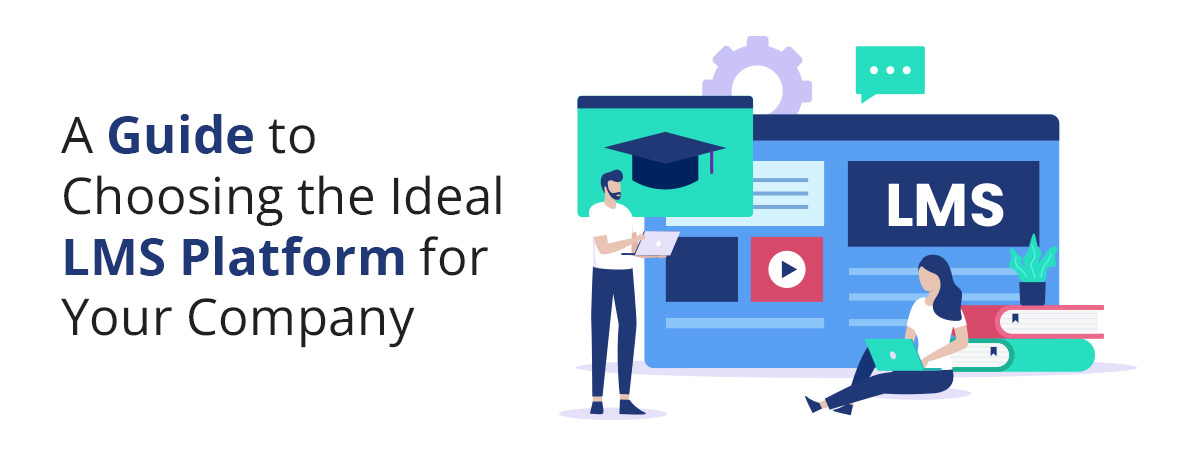The 5th Generation (5G) technology is the next big thing. The technology has recently been launched in India and will be available to 75% of the population by the end of 2022. Leading telecom players like Reliance Jio and Airtel have started rolling out 5G services in India. State-owned BSNL will launch 5G next August.
The 5G technology will completely change how we see the internet, how we work, how we communicate, and a lot more. The online education industry for students from grade 1 to 12 is expected to increase 6.3 times in the next year (per RedSeer and Omidyar Network India survey). Plus, with about 250 million Indian students, 5G will have a significant impact on the education industry in India.
The COVID-19 pandemic caused a major disruption in the EdTech sector, leading many students and organizations to switch to online learning. However, it also exposed unequal access to technology and the required infrastructure that are major obstacles in eLearning. 5G can help bridge this gap by ensuring equal access to all across the country and can create new opportunities of learning and engagement in the education industry. Let us now discuss how 5G can impact the EdTech sector in India in four different ways:
1. Connecting rural areas
The existing 3G and 4G performance is patchy in most of India. Plus, the lack of broadband infrastructure has been a barrier in digital adoption in rural areas in India. And while it is true that the affordability, penetration, and quality of 5G will determine its impact on education, 5G will definitely surpass 4G in terms of performance and overall impact on the EdTech sector in India.
5G will help in giving super fast access to quality online education in affordable and inclusive ways. It will help in democratizing education in India, especially for under-resourced communities in inaccessible remote areas. Students in rural areas will get access to high-speed internet and will be able to participate during classes in real-time at a significantly lower cost. Primary and secondary schooling in remote regions will witness a huge improvement with better connectivity. Downloads will be quicker with no latency, watching educational videos will happen without buffering, and connecting to the world will be much much faster.
2. Faster downloads and enhanced learning-on-the-go
5G will make video conferencing and online classrooms a seamless experience for learners and instructors with increased speed. People no longer will have to deal with connectivity issues and slow downloads. Besides, with instructors including more video-based content, the high speed and greater responsiveness that comes with 5G will be very useful when downloading educational content and resources and learning on-the-go for busy students and professionals wanting to learn outside the classroom. Video conferencing platforms will also become much improved in quality and reliability with 5G. What’s more is that learners will be able to interact with guest speaker holograms in their classrooms without any lag.
5G has the capability to connect today’s smart classrooms with multiple devices such as smart boards/displays, handheld gadgets, automated attendance systems, video surveillance, and more. This will pave the way for implementing more smart devices in classrooms and campuses. Moreover, with quick transfer rates without noticeable delays, 5G will be the network choice for all smart classrooms and campuses.
3. Higher quality and adoption of AR and VR
5G will accelerate the quality and adoption of immersive learning in higher education. Augmented reality (AR) & virtual reality (VR) applications require a lot of bandwidth, strong connectivity, and lower latency. 5G is a network that fulfills these requirements unlike the currently existing Wi-Fi technology. This in turn makes it much easier for trainers to utilize immersive learning.
Moreover, with 5G’s greater network ability and seamless experience, it allows learners to learn new skills, explore complex topics, and visualize abstract concepts in an interactive way with AR and VR. Thus, learners can immerse themselves in the learning experience by zooming, pinching, and even touching. This in turn can introduce tactile forms of learning to online classrooms, making interactions more richer.
4. More personalized learning experience
Traditionally, education has followed a one-size-fits-all approach. However, 5G has the ability to change that easily. 5G can offer a personalized learning experience with software like ERP/SIS. Customization can also happen by creating intelligent systems to understand the unique needs of learners and create targeted learning pathways. For instance, virtual teaching assistants can allow a group of learners to access several sets of lessons and assessments depending upon the learner profile and preferences. This has implications for vocational and technical education and training as well as on skilling and upskilling.
Final Word
We hope that you found this article relevant and informative. 5G clearly has a lot to offer in the education industry. And why not? Being a high speed and low latency network with a capacity to support a great amount of data and information, 5G will majorly revolutionize the EdTech sector.
Furthermore, with the recent launch of 5G services in India, it will result in large-scale infrastructure investments from both the private and government sector. This will eventually open a new door of opportunities and quicker adoption of ‘Digital India’ where we can fully reap the amazing benefits of 5G connectivity in the EdTech sector.
Are you also excited about 5G technology like we are? Do you know of any other impact of 5G on the EdTech sector in India that we missed? Schedule a demo to learn how Infonative can help you to shift to online learning. Learn more on https://infonative.net/. For any queries, feel free to reach out to us at yg@infonative.net.
Check our articles for resources you and your team may need.
Read next: How to Measure the Impact of Learning in 7 Effective Ways?




